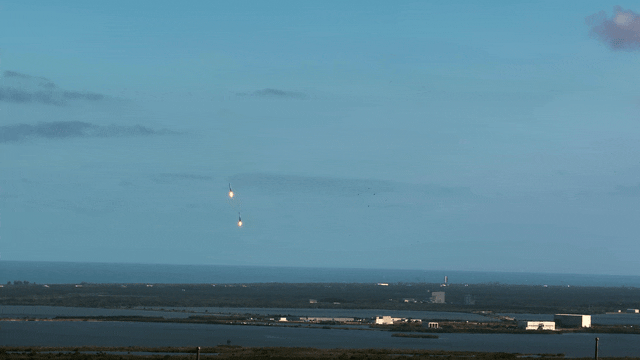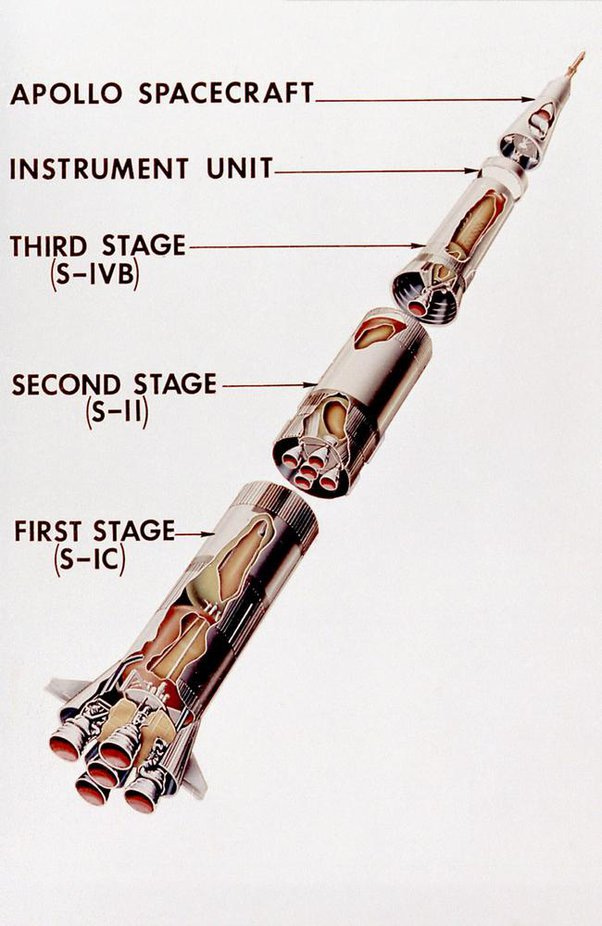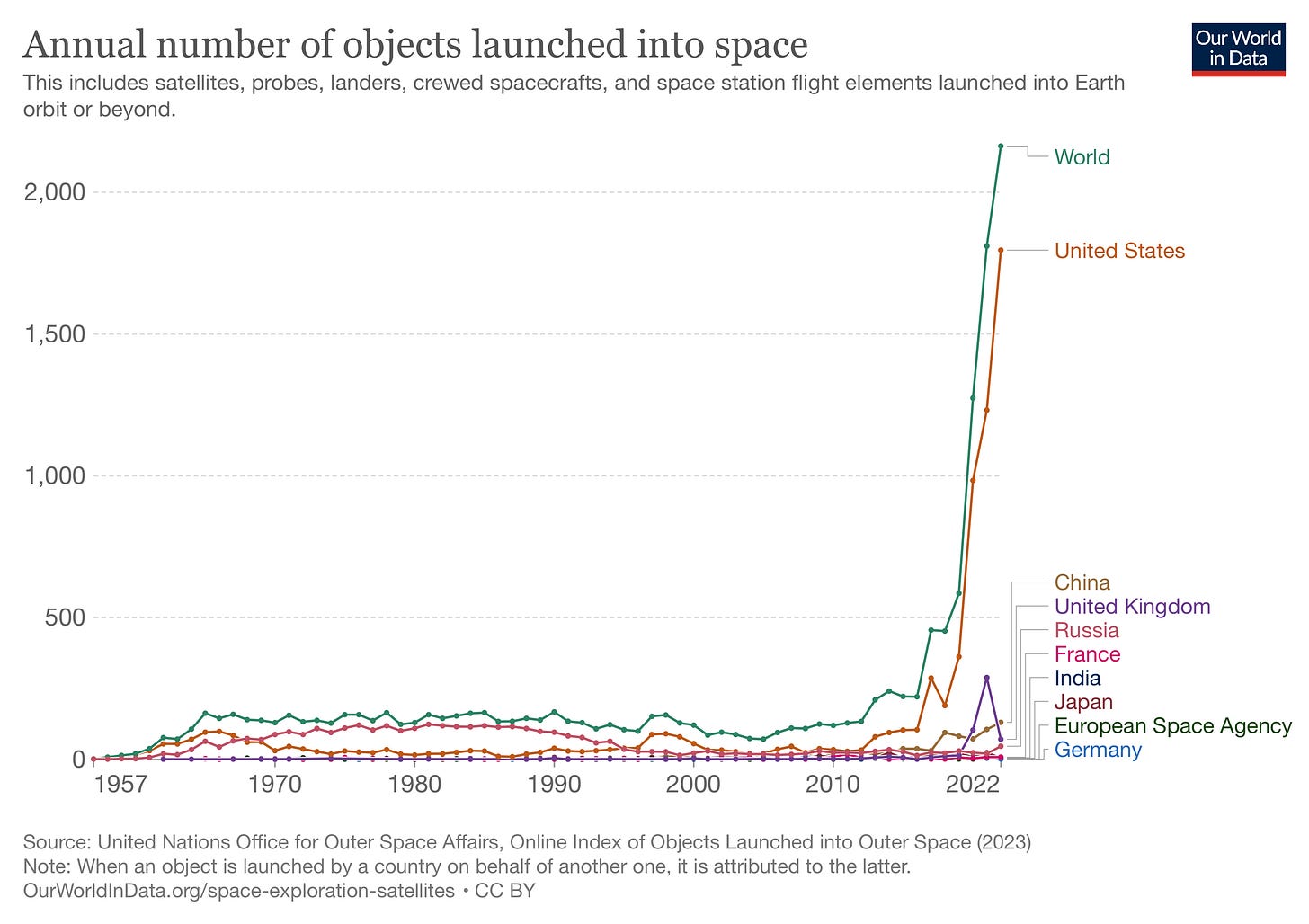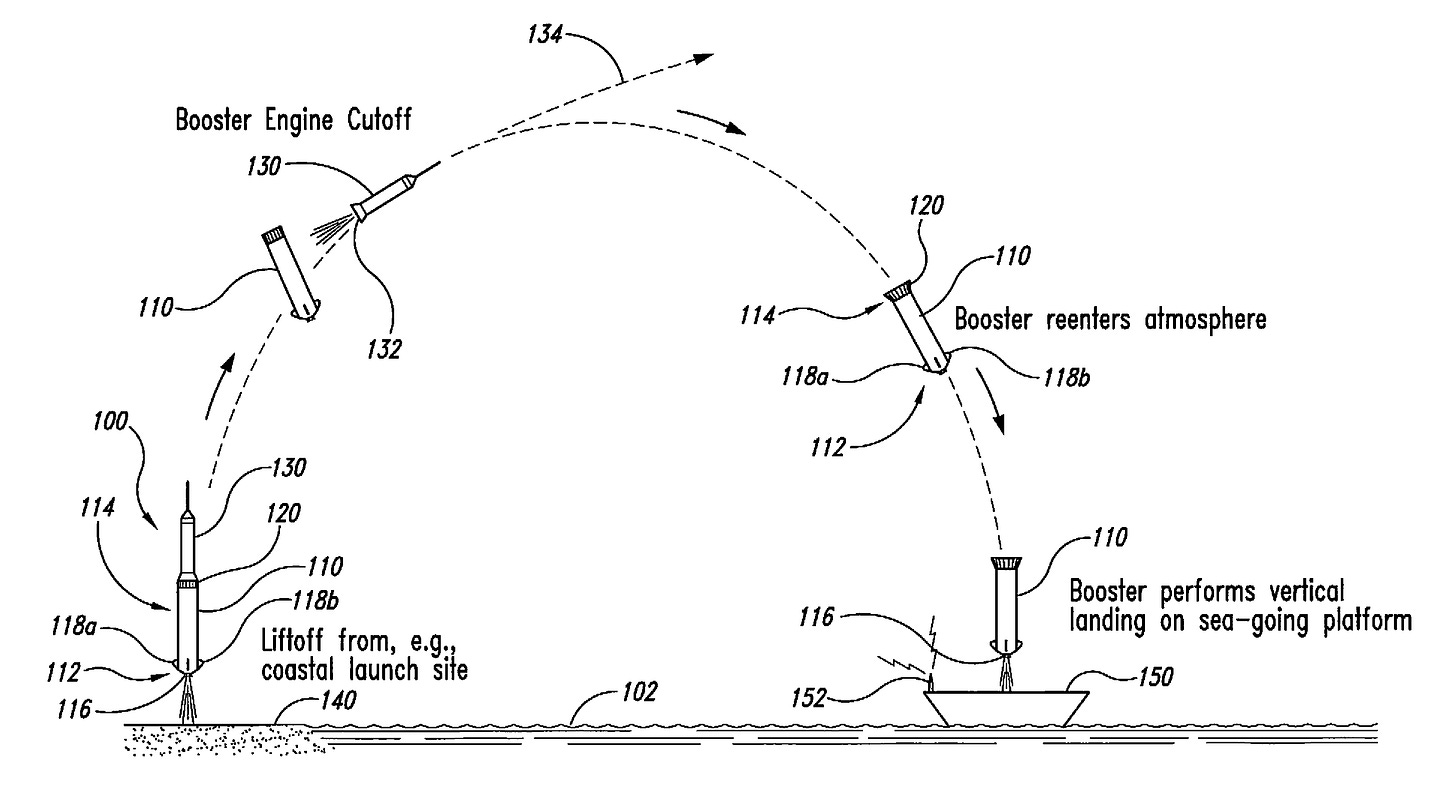Reuse, Reuse and Reuse
Part III in our exploration of the promise and perils of Starlink and planetary-scale internet service providers

The 2000s and 2010s saw many developments in cellular technology, the widespread adoption of smartphones, and the evolution of an "always-on "culture. Meanwhile, the pace of innovation in space travel and exploration seemed to take a downward turn. The space shuttle Columbia was destroyed on reentry in 2003, and the Space Shuttle program's retirement was announced a year later. The last operational shuttle (Atlantis) completed its final flight in 2011.
After the shuttle program's end, the US (and the rest of the ISS partners) relied entirely on Russia to ferry astronauts to the ISS. And launches in the US were done using Russian-made rocket engines.
While there was a lot of excitement about several successful rover missions to Mars, innovation in space appeared to be at a standstill. That lack of progress motivated a different approach to human space flight, an approach largely driven by private wealth that had survived the dot com bust.
Priority Number One: Cheaper Flights
Since the end of World War II, rockets have had the same basic features: tanks of fuel, rocket motors, and guidance systems. Rocket components were made with great precision and care, assembled, tested, and then launched to deliver their payloads into space, only to crash back to earth, burn up on reentry, or become space debris. Rockets got bigger, faster, and more expensive but were still discarded after just one use. The governments and companies that made rockets made incremental improvements to their designs but never revisited the fundamental assumption that first-stage rockets were not easily reusable.

In May 1996, the Ansari X Prize was announced as an incentive to spur the development of a reusable spacecraft by a private company (not governmental). To claim the $10 million prize, a crewed spacecraft had to pass the Kármán Line—an imaginary boundary 100 kilometers (62 miles) above sea level that defines where "space" begins—and complete two successful launches above the Kármán Line within two weeks. Tier One, a collaboration between aircraft designer Burt Rutan and Microsoft co-founder Paul Allen, beat out twenty-five other teams to win the prize in October 2004 with the SpaceShipOne vehicle. SpaceShipOne was a winged rocket ship launched from an aircraft at a height of 14km.
The design was similar to the US government's X-15 design that flew past the Karman line in the 1960s and is the basis for Virgin Galactic's current space plane, which is designed for space tourism but not for delivering payloads into earth orbit.

Space planes are either launched from a carrier aircraft (X-15, SpaceShipOne) or vertically (Space Shuttle). Either way, they are not optimal for launching objects into orbit due to their cost. All the additional control systems, wings, and control surfaces add weight and complexity, not to mention the humans needed to control and land the spacecraft. For example, simply launching NASA's Space Shuttle one time costs about $450 million without calculating the shuttles' cost, ground infrastructure, research, design, etc. When all costs are calculated, the cost of the 135 shuttle launches was over $211 billion (~ $1.6 billion per launch).
For getting payloads into orbit, a rocket that takes off vertically and lands vertically is much more efficient. Before the late 1990s, Vertical Take-off, Vertical Landing (VTVL) rockets had been developed as experiments or moon landers. [The Apollo lander reversed the order, landing vertically on the moon and then taking off vertically.] Landing a rocket booster on earth was generally considered impossible due to the precise control needed during high-speed reentry.1
Several companies and engineers realized that advancements in tiny sensors, advanced microcomputers, and metallurgy during the past fifty years might make reusable VTVL spacecraft practical. A few of the Ansari X Prize contestants pursued VTVL designs. However, they needed more funding to develop their ideas fully.
In the early 2000s, two billionaires had set their eyes on the stars. They were determined to innovate a new generation of launch vehicles and disrupt the space industry just as they had disrupted commerce and payments. Jeff Bezos used his wealth from Amazon to found Blue Origin in 2000, and Elon Musk used his wealth from PayPal to start SpaceX in 2002. And the first item on each man's agenda was to develop a reusable VTVL first-stage rocket.
In 1998, the National Space Development Agency of Japan (NASDA) and Mitsubishi Space Software proposed the landing of a VTVL rocket on a barge at sea. That idea was not developed by NASDA but reemerged in 2010 when Jeff Bezos and other engineers in his space company, Blue Origin, filed a patent for "Sea landing of space launch vehicles and associated systems and methods." SpaceX successfully challenged the Blue Origin patent, which used the 1998 NASDA design as an example of "prior art."
With the intellectual property issue resolved, the race was on to develop a workable VTVL rocket to deliver payloads into orbit. Blue Origin and SpaceX succeeded with demonstration projects, but SpaceX was the first to land a first-stage booster (Falcon 9 flight 20) after placing a payload in orbit.
Shortly after, SpaceX returned a booster to earth by landing it on a barge. While landing a booster on a moving barge in the ocean is more complicated than landing on a fixed land location, it consumes dramatically less rocket fuel than having the booster fly back to the original launching site (the barge is "downrange" closer to where the rocket would naturally descend). Blue Origin also has a reusable rocket, but current operational designs cannot place objects in orbit.
If you throw away the rockets every time, it's crazy expensive to go to space. But if you can re-fly the rockets, it could be comparable to air flight in its costs…If one can figure out how to effectively reuse rockets just like airplanes, the cost of access to space will be reduced by as much as a factor of a hundred. A fully reusable vehicle has never been done before. That really is the fundamental breakthrough needed to revolutionize access to space.
—Elon Musk, on The Late Show with Stephen Colbert, 2015.
Reusable rocket systems have dramatically reduced the cost of delivering an object into orbit. Harry W. Jones of the NASA Ames Research Center2 noted that delivering a kg of material to the international space station (ISS) using a reusable SpaceX rocket instead of the Space Shuttle resuled in a 75% reduction in cost ($25/kg compared with $105/kg).

While reusable rockets are not the only factor in the rapid development of large constellations of satellites, they are a major one. As of this writing, SpaceX has landed 120 Falcon 9 boosters in a row without failure, reusing some boosters over a dozen times.
SpaceX's success has done several things. First, it has shown the world that rockets can be landed and reused cost-effectively. Other companies are following SpaceX and Blue Origin's lead, and soon there may be dozens of private companies capable of launching payloads into orbit using a reusable launch system.
Second, it has opened space development to previously cost-prohibitive applications—like launching thousands of satellites to form a constellation capable of delivering consumer data services to millions.
Next Week: Mega Constellations
ICYMI, last week’s post:
Continue the Conversation
Please join the conversation in the Substack chat (linked below), by commenting or simply replying to this email. I would love to hear your thoughts.
Space planes have more drag and therefore "glide" back to earth at much slower speeds.
The Recent Large Reduction in Space Launch Cost, See https://ttu-ir.tdl.org/bitstream/handle/2346/74082/ICES_2018_81.pdf








Stoke Space in Washington state is the latest fast development private company to develop a truly reusable space craft by developing the Air Spike rocket engine. This allows capsule to return to landing site without parachute or fragile heat tiles. Company was created by ex Blue Origin engineers and went from idea thru venture capitol funding, site construction, and engine prototype demo in 18 months
Article in Science News from yesterday: https://www.sciencenews.org/article/satellites-spacex-problem-space-pollution